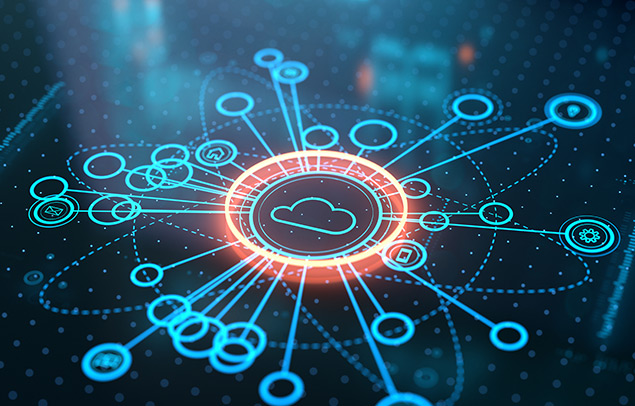3 Action Guide to Picking the Right Catastrophe Recovery Service
Whether it's a ransomware attack, a natural disaster, or corruption of a consumer's database, you want to ensure that your business's IT system can recuperate. Having a business continuity and catastrophe recovery (BCDR) plan is important. There are a huge selection of BCDR services (on-premise, hybrid, or cloud-based), and it's important to select the best one for your business needs. Here's what you must be looking out for when examining your next BCDR option.
Discover the Right Business Continuity/Disaster Recovery Solution in 3 Steps:
1. Evaluate BCDR and DRaaS Solutions
Among the biggest aspects when picking a BCDR option is determining whether you'll contract out assistance or manage it internally. If you plan on outsourcing help, you'll need to partner with a handled companies (MSP) that is proficient in continuity and compliance services. Considering that many BCDR options combine cloud, software, and hardware elements - you'll need a process to support your virtual assets, regional servers and desktops. BCDR hardware has several purposes consisting of:
Hosting BCDR software application

Keeping local copies of backup server images for regular restores

BCDR software is utilized to automate and manage backup and recovery processes. After an initial full server backup, BCDR software application takes incremental snapshots to produce "recovery points" or point-in-time server images. Recovery points are utilized to restore the state of a server or workstation to a particular point in time (before it failed or data was corrupted).
2. Seek BCDR Cloud Options
The best BCDR options have a cloud backup along with a healing part. This is due to the fact that the cloud serves 2 functions in a BCDR solution. The very first is to provide offsite storage area for server and workstation images used for brings back. The second is to take over vital operations when a failover occurs.
Backups can be saved in your area - on an appliance or backup server in your data center - or remotely, in the cloud. For BCDR, it's finest to keep copies of your backups in both locations. To put it simply, if it's not possible to restore a system in your area, you can failover to the cloud. Your service ought to address a range of information remediation situations, ranging from bring back a couple of lost files to recovering from a complete server failure or the damage of numerous servers and PCs. Bring back from local backups is quicker, while the alternative of failing over to the cloud offers you ultimate protection versus worst-case scenarios.
3. Address Security and Compliance Frameworks
A BCDR should resolve ransomware detection, point-in-time rollback capabilities, and information immutability. It's crucial to it support - IT Leaders search for BCDR options that abide by Service Organization Control (SOC 1/ SSAE 16 and SOC 2 Type II) reporting standards and feature two-factor authentication. This can assist secure your information and minimize the need for manual intervention. If you wish to find out how to keep your organization healthy and secure, connect to us for a free IT consultation.